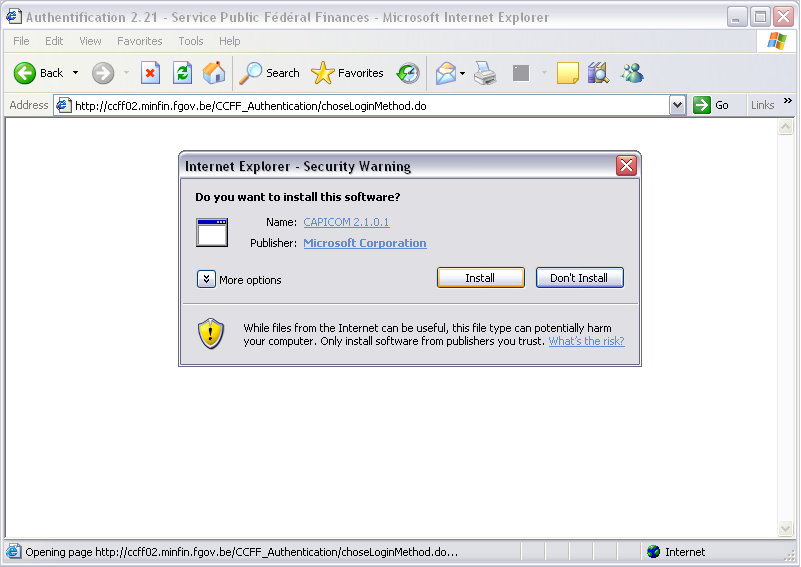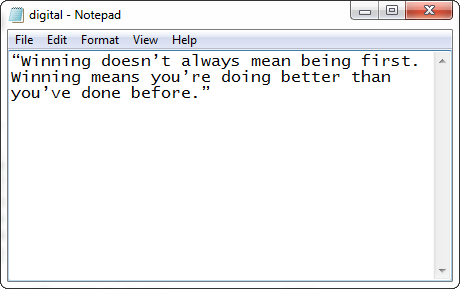

Let's say the receiver gets a json object over the network. Here we wont convert the Bytes to Bitcoin address format, but to Base64 encoding. The sender will send his public key with the message. So it's better the sender also sends the algorithm used for signing. The same algorithm needs to be used on the client as well, to verify the message. String sig = Base64.getEncoder().encodeToString(signature) String pub = Base64.getEncoder().encodeToString(publicKey.getEncoded()) Signature ecdsaSign = Signature.getInstance("SHA256withECDSA") ĮcdsaSign.update(plaintext.getBytes("UTF-8")) The sender signs the message with private key and sends PrivateKey privateKey = keypair.getPrivate() 2.

This signature ensures the integrity of your document and its authentication. It is very easy to use, just 2 lines of Java code are required. PublicKey publicKey = keypair.getPublic() Java component that creates/adds a digital signature to a PDF file. G.initialize(ecSpec, new SecureRandom()) KeyPairGenerator g = KeyPairGenerator.getInstance("EC") ECGenParameterSpec ecSpec = new ECGenParameterSpec("secp256k1") So this code can be called once and we use the pair values for sending and receiving.

This algorithm generates a private-public key pair. SigPlus Pro Tablet > Create eSignature applications for use with Windows tablets, pen-and-tablet PCs.

Generate Key PairĮlliptic curve with Digital Signature Algorithm (ECDSA) is designed for digital signatures. But for this example, we will use the standard libraries provided since Java 7. There are other third-party libraries like Bouncy Castle. curity package contains ECDSA classes for generating key pair, signing and verifying signatures. The author sends both public key and the signature with the document.


 0 kommentar(er)
0 kommentar(er)
